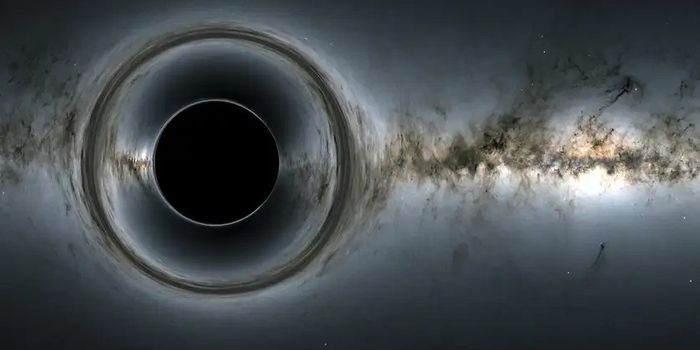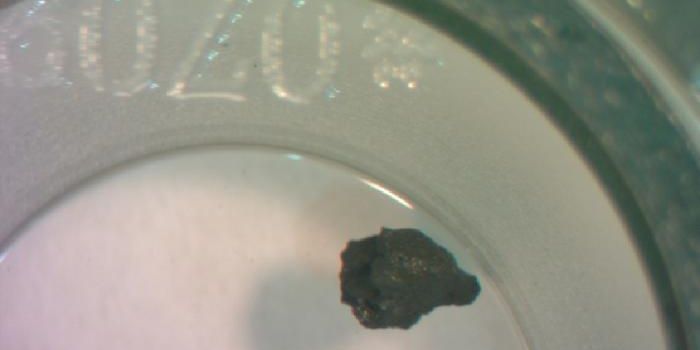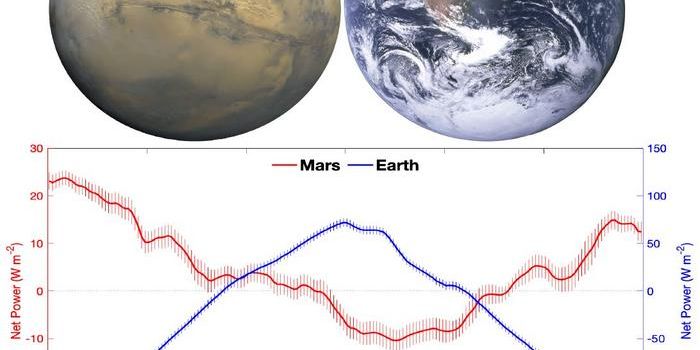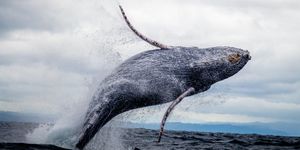Heavy Metal Asteroid Not So Heavy Metal
16 Psyche, a heavy metal asteroid hanging out in the asteroid belt, was once thought to be worth $10 quintillion USD in metals, but a recent study in the Journal of Geophysical Research: Planets believes this heavy metal asteroid might not be so heavy metal after all.
While Psyche orbits in the asteroid belt between Mars and Jupiter and is the largest of the M-type asteroids (asteroids which appear to contain higher concentrations of metal phases than other asteroid classes), its composition appears to be sending mixed signals back to Earth. While Psyche’s composition has been determined based on studying light reflecting from its surface, Psyche’s gravitational behavior tells a different story. The way it apparently tugs on its neighboring bodies suggests it’s far less porous (having minute spaces or holes through which liquid or air may pass) and less heavy metal than it should be.
"What we wanted to do with this study was see whether it was possible for an iron body the size of Psyche to maintain that near-50% porosity," said Fiona Nichols-Fleming, a Ph.D. student at Brown and study's lead author. "We found that it's very unlikely."
For Psyche to be as porous as the study indicates, computer models show that the heavy metal body would have to have cooled very rapidly after its formation. However, based on what scientists know about the conditions of the early solar system, it is unlikely that Psyche could have cooled so quickly given its size—about 140 miles in diameter. The researchers concluded that Psyche most likely isn’t a porous, all-iron body as previously believed.
While studies continue to be conducted on Earth, NASA is making final preparations to launch the Psyche Mission to 16 Psyche in August of this year. The spacecraft is currently scheduled to arrive at this mysterious asteroid in 2026, and the mission calls for 21 months of scientific study while it orbits 16 Psyche. This historic mission is led by Principal Investigator, Dr. Lindy Elkins-Tanton, who is a Foundation and Regents Professor at the School of Earth and Space Exploration at Arizona State University (ASU) and also the Vice President of ASU’s Interplanetary Initiative.

As always, keep doing science & keep looking up!
Sources: Smithsonian Magazine, AGU, NASA JPL








